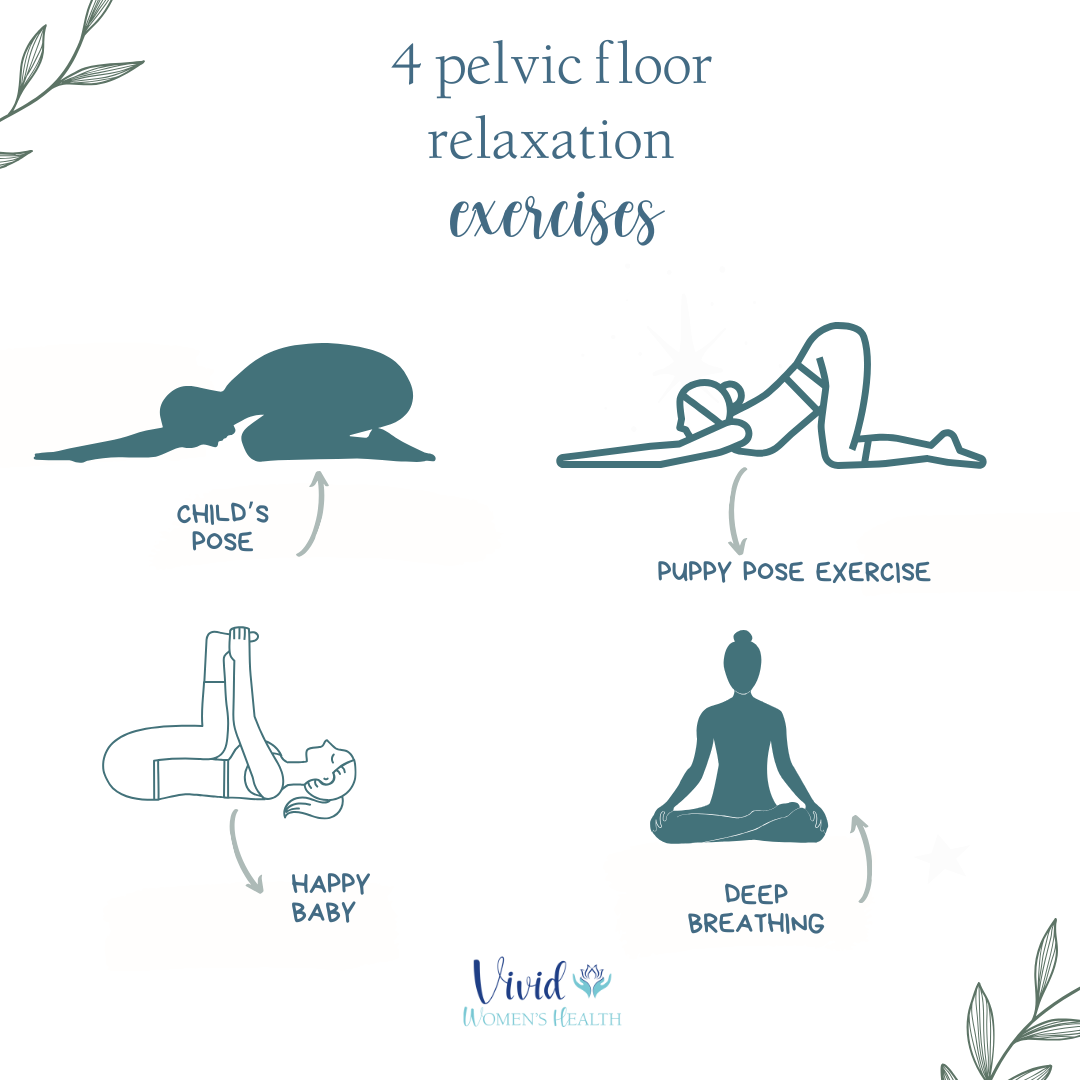Building Strength: Pelvic Floor Exercises for Vaginismus
Learn specific pelvic floor exercises to build strength and alleviate vaginismus.
Vaginismus is a reflexive tightening of the pelvic floor muscles in response to any attempt at vaginal penetration. This reflexive tightening can occur with tampon use, gynecological exams, and/or penetrative sexual intercourse.
In order to achieve pain-free vaginal penetration, pelvic floor muscle relaxation must be achieved. Since the pelvic floor muscles tense in cases of vaginismus, this causes penetration to be impossible.
Vaginismus can be divided into two types: Primary and Secondary. In each case, vaginismus treatment will be different.
Primary vaginismus is vaginismus that has always been present (since any attempt at penetration). Typically girls will discover symptoms of primary vaginismus when they attempt to use a tampon for the first time.
In secondary vaginismus, the patient has previously been successful with vaginal penetration, but is currently unable. Secondary vaginismus is often the result of trauma, an injury, child birth, or even muscular compensations/overuse.
Treatment for vaginismus will differ person to person, but mental health therapy and pelvic floor physical therapy are crucial components to vaginismus treatment.
Many times, a patient struggling with vaginismus has mental hangups that are contributing to painful penetration or fear of painful penetration. Therefore, mental health therapy is often a crucial component to vaginismus treatment. Mental health therapy will give the patient mindfulness strategies to help keep their thoughts grounded.
Pelvic floor physical therapy plays another crucial role in vaginismus treatment. Pelvic floor physical therapists can help patients relax the pelvic floor muscles through manual treatments, dilator therapy, nervous system relaxation, and pelvic floor relaxation exercises.
Uninformed providers or lay people may suggest doing Kegel exercises for vaginismus. Kegel exercises are repetitive pelvic floor contractions. Kegel exercises do the opposite of what is necessary for pain free penetration.
Since pelvic floor muscle relaxation is necessary for pain free vaginal penetration, pelvic floor exercises for vaginismus must include relaxation based exercises.
Many times these exercises include things like happy baby, child’s pose, puppy pose, or deep breathing in a supported and comfortable position. See image below for a visual on these exercises. You can perform each of them for a few minutes per day.
In addition to pelvic floor exercises, vaginismus treatment often consists of manual therapy to the pelvic floor muscles. Manual therapy to the pelvic floor muscles can be performed internally (intravaginal) or externally. Typically patients with vaginismus work up to internal work in pelvic floor physical therapy. Therefore, the pelvic floor physical therapist will start by performing external massage or soft tissue release to loosen up any tight muscles. Obviously this is done with patient consent.
Once the patient is able to tolerate external muscle release, pelvic floor physical therapy may progress to internal pelvic floor muscle release. Since the pelvic floor muscles sit internal to the vaginal canal, a pelvic floor physical therapist can perform muscle release to the pelvic floor muscles through internal pelvic techniques.
Dilator therapy may also be a part of vaginismus treatment. Dilators are intravaginal devices that come in progressive sizes. As the patient is able to tolerate penetration with a thin dilator, a pelvic floor physical therapist can help them gradually work up in sizes to a size that is comfortable and goal appropriate for them.
Treatment for vaginismus is possible. Successful vaginismus treatment often combines mental health therapy, pelvic floor physical therapy, pelvic floor relaxation exercises and dilator therapy.
Pelvic floor relaxation exercises for vaginismus treatment.
Vivid Women’s Health is a women’s health physical therapy practice located in Newtown, PA. We provide unmatched pelvic floor physical therapy to help women resolve pelvic floor symptoms.
If you are local to the Newtown, Bucks County, PA area, please click here to find out more about our in person services. If you are visiting our site from afar, we offer virtual services to help you overcome your pelvic health concerns. For virtual services, please click here.
We proudly put our patients first by offer one-on-one appointments for a full hour. You will have time to be heard and we will take time to listen to your whole story. You won’t be passed between different professionals and we will work to get you a holistic solution to your pelvic health concerns. We choose to participate in a private pay model so that we can focus on putting patients first. To find out more about the private pay model, click here.

